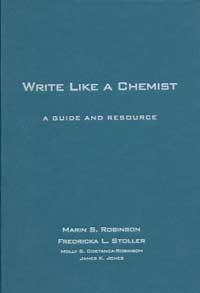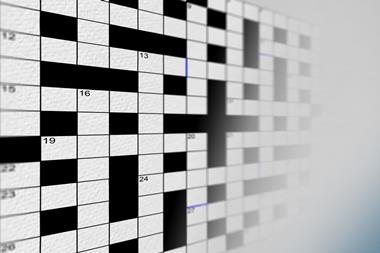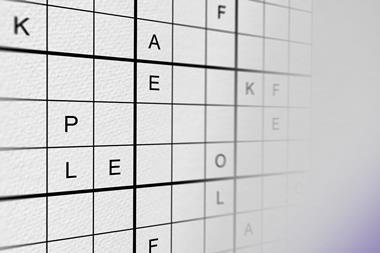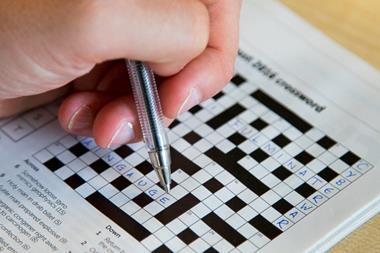Write like a chemist; a guide and resource
Write like a chemist; a guide and resource
Marin S Robinson, Fredricka Stoller, Molly S Costanza-Robinson and James K Jones
Oxford, UK: Oxford University Press 2008 | 665pp | ?26.99 (SB) ISBN 9780195367423
Reviewed by John Emsley
This is not a primer for teaching ways of communicating chemistry to the non-chemist; rather, it teaches chemists how to communicate with other chemists. Researchers in our field need to tell people what they have done or what they would like to do, and that’s where language skills can be beneficial. We can all write; the skill is getting people to read and understand what you have written, and words carelessly assembled can be more of a barrier than a path to enlightenment.

There are ways of writing papers, posters, and grant proposals which command respect and these are what this weighty tome is all about. It has 210 pages on writing papers for journals, 64 pages on conference posters, and 144 pages on research proposals, all illustrated with good examples.
We know that spoken English varies from nation to nation, but when it comes to writing, and when writing about chemistry, we must conform to a set style. The US authors of Write like a chemist explain this clearly and correctly - if not concisely.
The book has margin symbols which identify things like key concepts, word definitions, exercises for the readers to perform, and even ways of proof-reading what you’ve written, the better to eliminate redundant words and phrases and clarify your meaning. Wherever I dipped into the book I found myself agreeing with what the authors were saying.
What appealed to me most was the lengthy Appendix A, which would almost stand alone as a simple guide to good writing. It has useful tips on style, grammar, and the correct use of words like ’that’ vs ’which’, and ’fewer’ vs ’less’. Should you write 20?C or 20 ?C?
Is it three occasions or 3 occasions? My only reservation is the authors’ preference for the ungainly mL for millilitre rather than ml.
I suspect that few individuals will buy this book, but I would recommend anyone with a large research group to purchase a copy as a useful resource for the laboratory, especially if there are some researchers for whom English is not their first language.












No comments yet